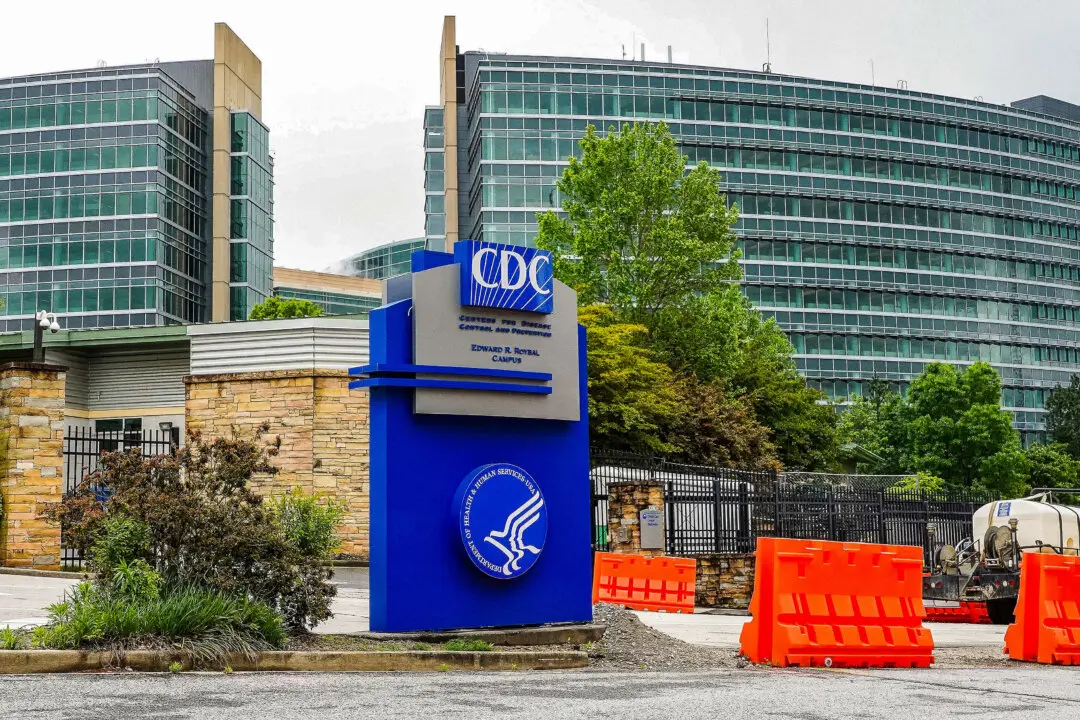The frequency of invasive group A strep infections more than doubled over a nearly 10-year period, according to a study published by the U.S. Centers for Disease Control and Prevention this week.
Invasive GAS infections can cause a wide range of symptoms, including strep throat, but they can develop into life-threatening conditions such as necrotizing fasciitis, a flesh-eating disease that can rapidly spread.
The study noted that cases of the bacterial infection in the United States stood at 3.6 per 100,000 people in 2013. But the rate increased to 8.2 per 100,000 by 2022, they found. They looked at more than 21,000 total cases of the infection over the nine-year period.
“Incidence was particularly high among those 65 years or older, American Indian or Alaska Native persons, residents of long-term care facilities, people experiencing homelessness, and people who inject drugs,” the authors wrote, adding that “accelerated efforts to prevent and control GAS are needed.”
“Surges of invasive and noninvasive GAS disease in 2022 and 2023 have been reported in countries spanning the Northern and Southern Hemispheres, with new reports of the same phenomenon still coming to light.”
But severe forms of the condition can include bloodstream infections; scarlet fever, which causes a rash, sore throat, and high fever; toxic shock syndrome, an infection that impacts several organs; rheumatic fever, which causes inflamed joint and heart tissues; and necrotizing fasciitis, the flesh-eating disease.
Severe symptoms include diarrhea, dizziness, fever, nausea or vomiting, skin color changes from red to purple, swelling skin that can be warm to the touch, or large wounds, blisters, or black spots on the skin, according to the clinic.
Outside the United States, Japanese health officials warned in March 2024 about a jump in potentially deadly strep throat infections, with cases running about three times higher than a year earlier in Tokyo.







